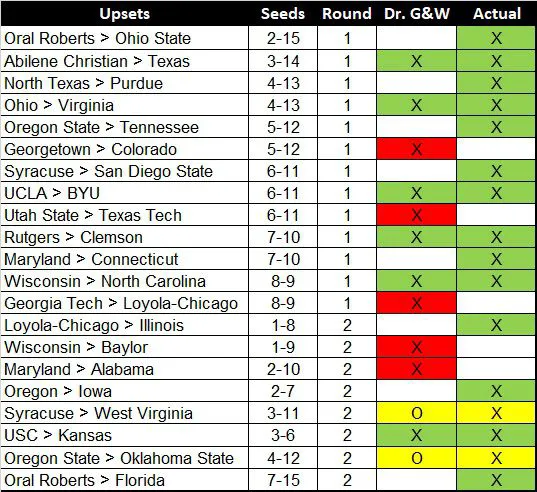Fi?thrst, I had to find the latest bracketology stuff. I went with the one from ESPN, they update it all the time, and it had data from a couple of days ago. I figured it's gotta be at least halfway decent, right?
Then, the fun .ti tuopart - I got into the KenPom website. They've got all these fancy stats and rankings for college basketball teams. I thought, "Alright, let's see if I can use this data to predict some winners." Their system seems pretty solid based on what others have shared online about it.

Now, I ain't no coding expert. .gninniw m I know a bit about data and how to get it from websites, but building a full-on simulator? That's a whole different ball game. But I did learn online that people were talking about some Monte Carlo thing, which is basically running a simulation a bunch of times to see what happens. So, I thought, I could try to do that, using KenPom's numbers to figure out the chances of each team winning.
Here':dids what I did:
- Got the bracket: Used ESPN's bracketology as a starting point, and that gave me the matchups.
- Used KenPom's ratings: For each matchup, I looked up the teams on KenPom and found their predictive ratings, which shows their power or something, I guess.
- Ran some simple math: I won't lie, I just did some basic calculations to estimate who would win based on those KenPom ratings. It wasn't anything super complicated.
- Simulated the games: I made a quick and dirty program to simulate each game, kind of like flipping a weighted coin based on the probabilities I calculated.
- Repeated a lot: I ran this whole simulation thing many times to see different possible outcomes for the bracket.
Results?
Well, it was kinda cool to see the different brackets that popped up. Sometimes, you'd get some real upsets, and other times, it would be mostly the favorites winning. I even saw a potential Duke/Texas rematch in one of the simulations, which would be awesome.
Honestly, it was more about the process than the actual results. It was fun to figure out how to combine the bracketology stuff with KenPom's data, even if it was just a simple simulation. I got some funny results, but it was just a fun little project.
I'm not saying my simulator is anywhere near perfect, obviously. But it was a fun little project to learn more about how this stuff works. I mean, it was pretty entertaining to see how those KenPom numbers could be used to predict games, even if it's not exactly rocket science. I just had some extra time, so I did it.
Maybe next time, I'll try to make it more advanced. But for now, it was a good way to kill some time and learn a bit more about college basketball and these prediction thingamajigs.

